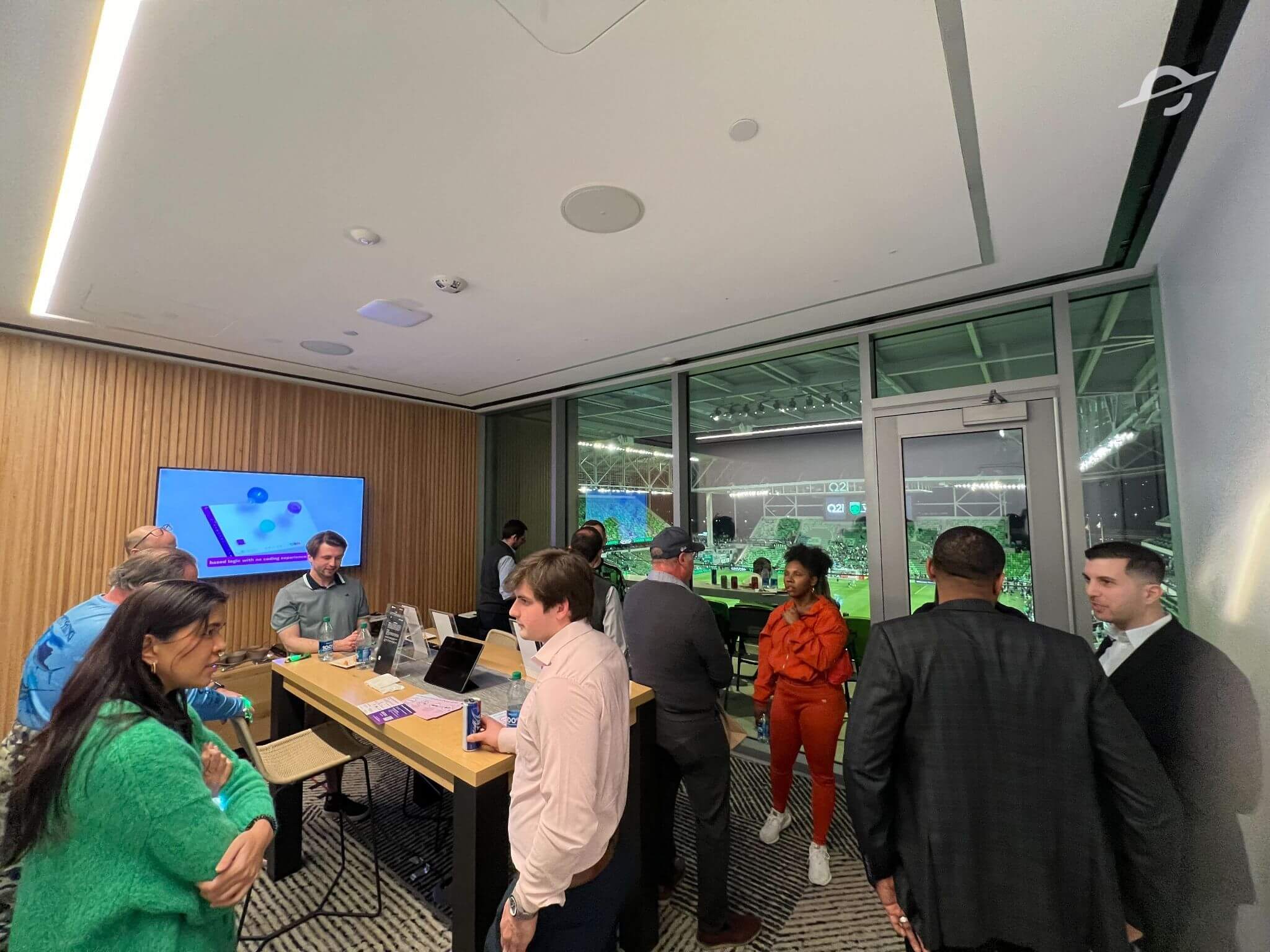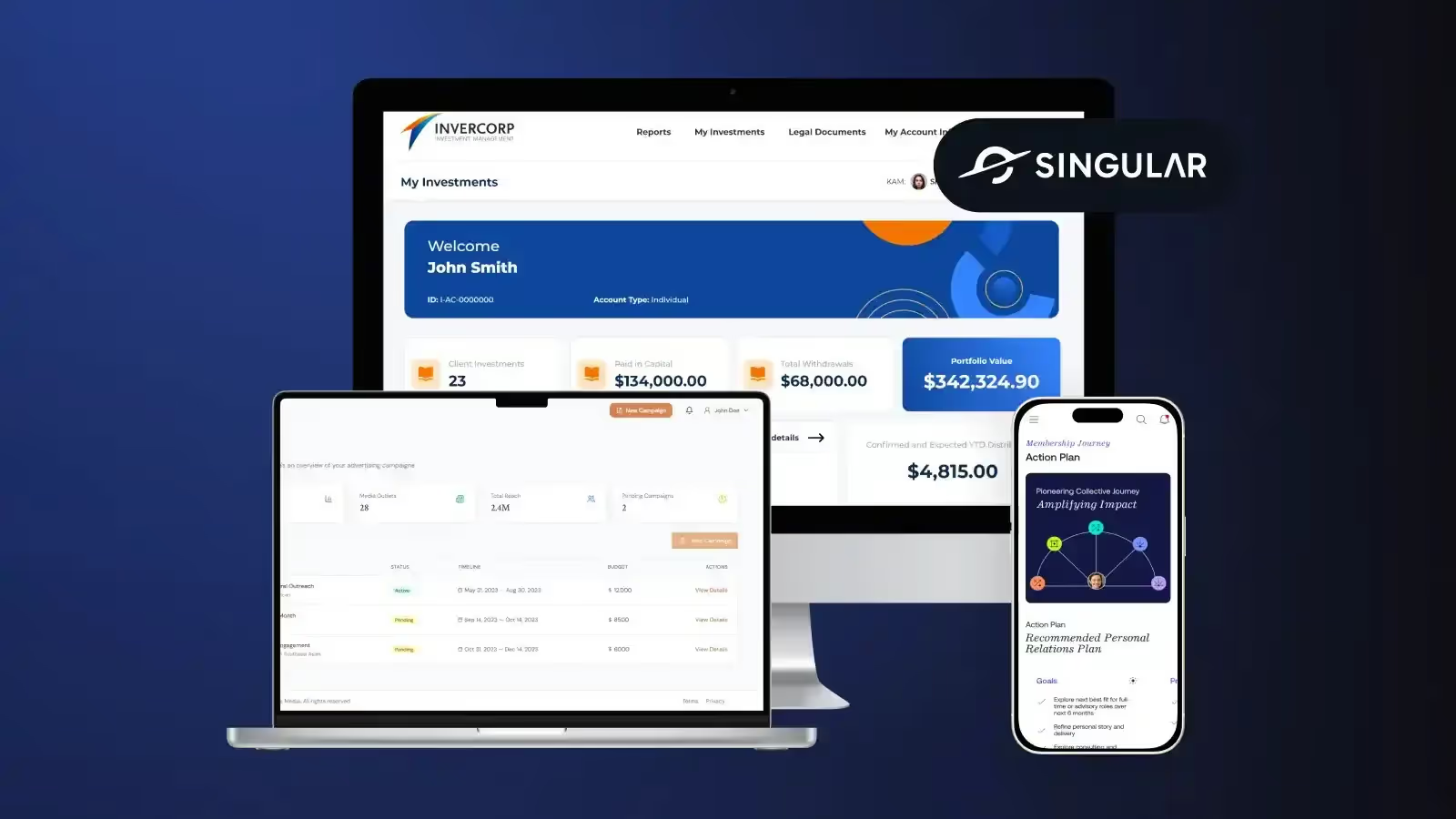Explore the Minimum Level of Engagement and Why it Matters


For founders and startup teams operating in dynamic metros like New York City, Los Angeles or suburban growth hubs such as Austin or Atlanta, scaling fast often feels like the only option. But real success isn’t just about doing more—it’s about doing enough. That “enough” often reveals itself through a strategic threshold: the minimum level of engagement. It's more than a buzzword. For SMBs and early‑stage ventures, this concept defines the economic baseline that ensures your business model stays viable, resources are used well, and your growth doesn’t come at the expense of margin or long‑term stability.
The Challenge: Why Most Startups Miss the Mark
In fast‑moving startup ecosystems—from Miami’s tech‑scene to Dallas‑Fort Worth’s expanding suburbs—there’s a tendency to say “yes” to too many smaller projects, discount fees, and exploratory engagements just to keep the pipeline full. But without a clear minimum level of engagement, companies risk eroding profitability, stretching team capacity, and losing strategic focus. For smaller teams especially, each engagement carries the overhead of onboarding, project management, client servicing—even if the fee doesn’t cover talent cost, overhead and margin. The real question becomes: What’s the smallest engagement you can accept and still make it worthwhile?
Analysis: Data, Context & Why This Matters
Establishing a clear threshold helps you anchor pricing, scope and client commitment in a way that supports your business long term—especially if you’re operating where costs and competition are elevated (think New York, San Francisco, Seattle suburbs).
U.S. Regional Examples
- In New York City, where office space, talent and client expectations are high, a startup or small agency operating with sub‑threshold engagements may find that overhead, talent cost and travel erode margin quickly. Defining a retainer or minimum fee protects you from projects that don’t scale.
- In Los Angeles, where creative, design and media services are abundant, many SMBs accept smaller “one‑off” clients just to stay busy—only to find that the cumulative cost of service, revisions, and account management steals profitability.
- In suburban hubs like Austin or Charlotte, where talent costs are lower but growth expectations are high, defining your minimum level of engagement helps you scale sustainably rather than chasing volume at the expense of margin.
- In fast‑growing Sun‑Belt metro areas (for example suburban Houston or Phoenix) the competition is rising; establishing a minimum engagement allows early‑stage companies to filter clients, stabilize cash flow and invest in team growth rather than firefighting.
Data & Benchmarks
Profit margins matter. For example, net profit margin benchmarks in the U.S. across industries are around ~8.5 %.
For SMBs, anything below ~10 % raises red flags. If you accept engagements below your cost plus your planned margin, you’re creeping toward margin elimination. Having a minimum engagement threshold creates a protective buffer. Also, margin targets like 30 % net margin are cited by service‑providers as foundational to growth and resilience.
Solutions & Strategic Framework
How do you implement the minimum level of engagement in practice? Here’s a step‑by‑step strategy tailored for startups and SMBs.
- Clarify your cost baseline. Map your fixed costs (rent, software, salaries), variable costs (contractors, materials, travel) and your desired net margin. If you know what it costs to deliver quality service, you know what your minimum must be.
- Set your margin target. For many creative service firms or agencies, a 30 % net margin is a healthy goal—enough to reinvest, scale, and cushion fluctuations.
- Define your engagement minimum. Based on your costs and margin target, determine the smallest engagement size you’ll accept—monthly retainer, project size, minimum hours or spend.
- Communicate value & structure. Make the minimum requirement clear with transparent pricing and scope. For founders or startup clients in cities like Los Angeles or New York, knowing you have a minimum protects both sides and sets expectations.
- Filter clients early. Use minimum engagement as a filter: it ensures the client is serious and aligned with your value. Fewer low‑value clients = more time for high‑impact engagements.
- Review and adjust. Growth, inflation and market shifts (especially in urban hubs) change your cost base. Revisit your minimum engagement yearly—especially if you’re hiring in a high‑cost metro or expanding geographically.
- Predictions for the next 12‑24 months:
- In suburban growth markets (e.g., Raleigh‑Durham, Tampa suburbs) competition will increase, pushing minimum engagement thresholds upward.
- More startups will adopt subscription/retainer models (vs one‑off projects) because they provide predictable revenue streams.
- Value proof (ROI, metrics) will become even more important for explaining why a minimum engagement exists—especially for clients in metropolitan areas scrutinizing spend.
Implications for Founders, SMBs & Local Markets
- For Founders / SMBs: Setting a minimum level of engagement protects your business from scope creep, under‑pricing and chaos. It gives you a stable foundation from which to scale.
- For Regional Stakeholders (local governments, economic development): Businesses in growth metro‑areas that adopt disciplined engagement models contribute to higher quality jobs, sustainable growth and stronger local economies.
- For Clients (startups seeking services): Recognizing that a minimum engagement isn’t a hurdle—it’s a sign that a provider is serious about delivering value, not just billing hours. Especially in tech & creative hubs like Miami, Denver or Seattle suburbs where options are abundant, working with an agency that demands a baseline signals professionalism and stability.
Conclusion
In short: defining your minimum level of engagement is one of the smartest strategic decisions a founder or startup leader can make. Especially if you’re working in high‑impact urban or suburban U.S. markets—from New York to Los Angeles to fast‑growing metro suburbs—this approach will protect your margin, elevate your value, streamline your client portfolio and position your business for sustainable growth.
If you’re ready to level up your engagement strategy, let’s talk. Together, we’ll define your minimum, lock in your value, and build partnerships that last.
Let’s get started—schedule a 30 min discovery call now.
Heading
Dolor enim eu tortor urna sed duis nulla. Aliquam vestibulum, nulla odio nisl vitae. In aliquet pellentesque aenean hac vestibulum turpis mi bibendum diam. Tempor integer aliquam in vitae malesuada fringilla.
Mi tincidunt elit, id quisque ligula ac diam, amet. Vel etiam suspendisse morbi eleifend faucibus eget vestibulum felis. Dictum quis montes, sit sit. Tellus aliquam enim urna, etiam. Mauris posuere vulputate arcu amet, vitae nisi, tellus tincidunt. At feugiat sapien varius id.
Heading 3
Eget quis mi enim, leo lacinia pharetra, semper. Eget in volutpat mollis at volutpat lectus velit, sed auctor. Porttitor fames arcu quis fusce augue enim. Quis at habitant diam at. Suscipit tristique risus, at donec. In turpis vel et quam imperdiet. Ipsum molestie aliquet sodales id est ac volutpat.
Tristique odio senectus nam posuere ornare leo metus, ultricies. Blandit duis ultricies vulputate morbi feugiat cras placerat elit. Aliquam tellus lorem sed ac. Montes, sed mattis pellentesque suscipit accumsan. Cursus viverra aenean magna risus elementum faucibus molestie pellentesque. Arcu ultricies sed mauris vestibulum.
Heading 4
Morbi sed imperdiet in ipsum, adipiscing elit dui lectus. Tellus id scelerisque est ultricies ultricies. Duis est sit sed leo nisl, blandit elit sagittis. Quisque tristique consequat quam sed. Nisl at scelerisque amet nulla purus habitasse.

Heading 5
Morbi sed imperdiet in ipsum, adipiscing elit dui lectus. Tellus id scelerisque est ultricies ultricies. Duis est sit sed leo nisl, blandit elit sagittis. Quisque tristique consequat quam sed. Nisl at scelerisque amet nulla purus habitasse.
"Ipsum sit mattis nulla quam nulla. Gravida id gravida ac enim mauris id. Non pellentesque congue eget consectetur turpis. Sapien, dictum molestie sem tempor. Diam elit, orci, tincidunt aenean tempus."
Heading 6
Nunc sed faucibus bibendum feugiat sed interdum. Ipsum egestas condimentum mi massa. In tincidunt pharetra consectetur sed duis facilisis metus. Etiam egestas in nec sed et. Quis lobortis at sit dictum eget nibh tortor commodo cursus.
What is Singular Innovation
Lorem ipsum dolor sit amet, consectetur adipiscing elit. Suspendisse varius enim in eros elementum tristique.






